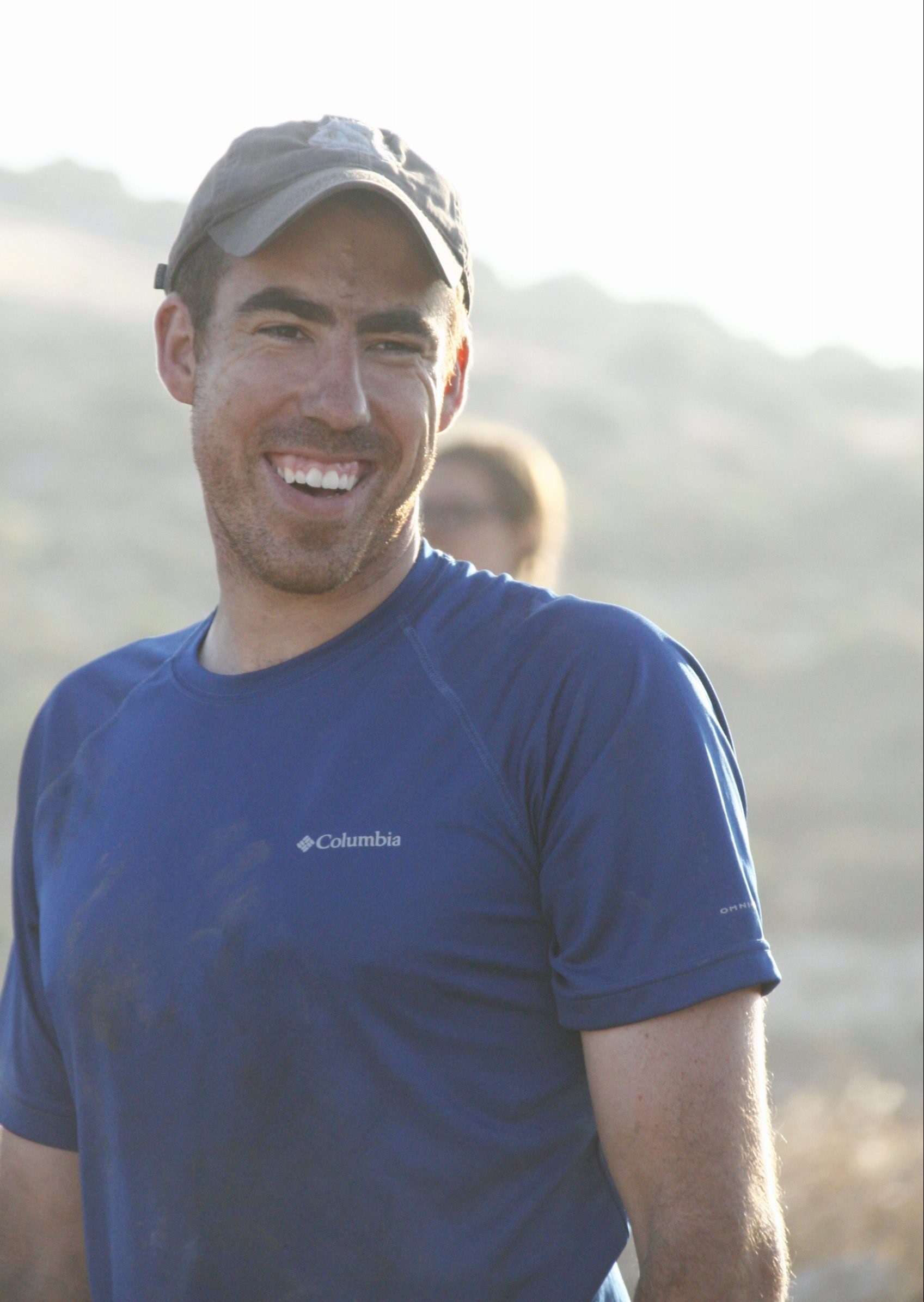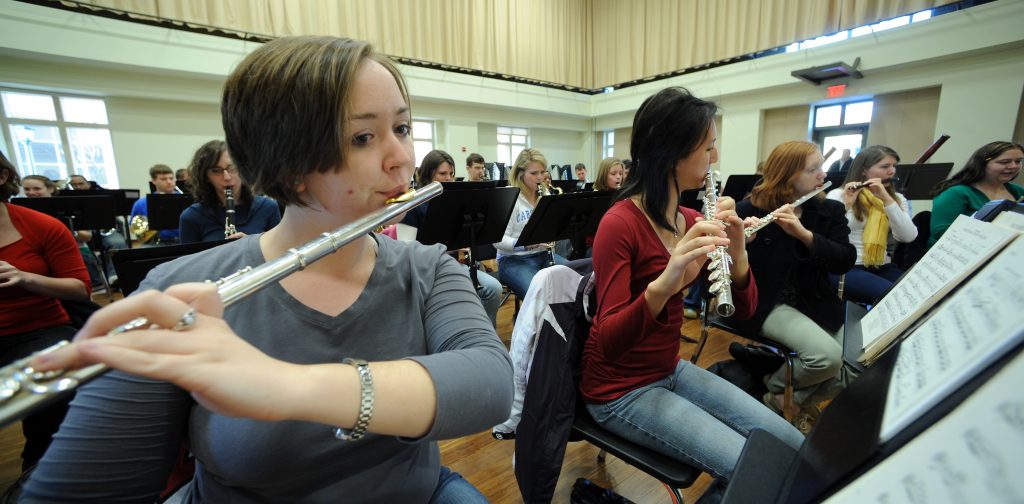
As an inquisitive child growing up in Kentucky, Brad Erickson asked a lot of questions. But he didn’t get the answers he was looking for.
“I always had questions about the Hebrew and Christian Bibles. Questions like, ‘Did this really happen this way?’ and ‘Did these people really exist?’ More often than not, I would get short answers along the lines of, ‘This is way it is because the Bible says so.’ I continued to ask these types of questions and by the time I arrived at college, I learned there was an entire field of biblical and religious studies. And I was hooked,” said Erickson. “Following my undergraduate work, I attended Duke Divinity School where I had my first real taste of archaeology. When I decided to pursue a Ph.D., there was no question about where I wanted to go. The only person I could imagine working with was the Carolina Center for Jewish Studies’ Jodi Magness, Kenan Distinguished Professor for Teaching Excellence in Early Judaism. While still at Duke, I joined the first season of the excavation at Huqoq in the Galilee of Israel and very quickly I realized there is nothing else in the world I would rather be doing. It was in Huqoq that I decided to pursue a Ph.D. in Ancient Mediterranean Religions from Carolina’s department of religious studies.”
But his childhood experiences also led Erickson along another academic path, and this unique combination of skills and interests has allowed him to create a very specific research niche.
“As a kid, I always liked tinkering with computers. I built my first computer when I was a sophomore in high school, using money I had saved from lifeguarding. I also loved playing around with computer programs that let me create new things from a blank canvas, such as 3D modeling software. But by the time I started college, I had given up what I thought was a hobby that I no longer had time to do.”
That all changed during his second year at UNC, when the Research Laboratories of Archaeology (RLA) hosted a multi-day workshop on the process of making 3D models from 2D photographs. It was at that workshop that Erickson realized that his neglected childhood hobby was not only useful for the field of archaeology, but it was becoming a necessary tool to document cultural heritage and material culture.

“After taking the RLA workshop, I dove headfirst into exploring the uses of 3D modeling for archaeology. This exploration led to my dissertation topic, which analyzes the use of cosmological narrative in ancient Judaism, specifically, in the ancient synagogue. By that I mean that multiple ancient synagogues contain a zodiac panel within their mosaic floor. These panels consist of a representation of the four seasons, the twelve signs of the zodiac, and the Greek sun god Helios. Due to the way many of these mosaic floors were preserved— and the era in which they were excavated— no high-detailed, fully-colorized image exits of the entirety of these floors. For this reason, I traveled to Israel on a summer stipend from the Center to take photographs of the synagogue floor remains and turn those images into 3D models that users could view, rotate, and now even explore in a virtual reality environment. Being able to examine, measure, and study an archaeological site remotely thanks to the 3D models has allowed for new insights into several of the ancient synagogues.”
While at Carolina, Erickson has received research and travel grants and summer stipends from the Center. He is currently the Center’s Goodman Fellow, which comes with a full year of financial support so he can focus his energy on his dissertation.
“Research can unfortunately be expensive to pursue. Because of the supporters who have generously donated to Center, I have been able to complete projects that I otherwise could only have dreamed of. I am so thankful to the Center and the donors who have made my research possible.”

In addition to his coursework and research, Erickson has worked at UNC Makerspace for two years making 3D prints, consulting on 3D modeling projects, and teaching and creating workshops for students, faculty, and staff. After completing his Ph.D. next academic year, he hopes to work in a university setting where he can continue to both teach and engage with digital archaeology.
“In fall 2017, I had my first experience teaching a course, and I absolutely loved it. I was able to incorporate my work with 3D models and 3D printing in the class. For example, when we studied the emergence of the synagogue within ancient Judaism, I was able to invite students to explore my 3D models of several synagogues. This exploratory learning allowed students to ask questions about what they saw, which led to interesting discussions that may not have occurred from simply reading a book and looking at pictures.”
By Karen Gajewski, Carolina Center for Jewish Studies



